From peat houses to fermented shark in the north of Iceland
We had a long day ahead of us, well, we planned it that way. We spent the night in Akureyri, where we had arrived in the previous evening. In the morning, we woke up into a typical Icelandic weather. It was raining, but we did not let it bother us. We were like the locals who say that there is no such thing as bad weather, only bad clothes. Our plan for the day was to visit the town, then move on to Glaumbaer and visit a traditional Icelandic farm, and finally to see the processing of shark meat at the Bjarnarhöfn Shark Museum. In total almost 300 km of driving on wet Icelandic roads. Let me tell you that we managed to achieve our plan, as you can read in the rest of this post.

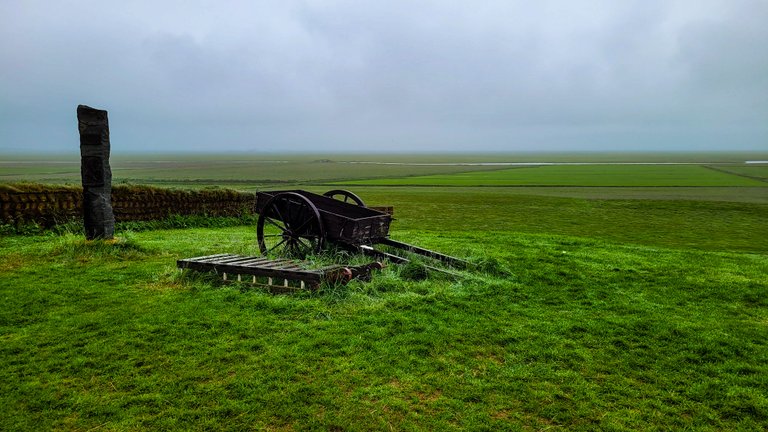
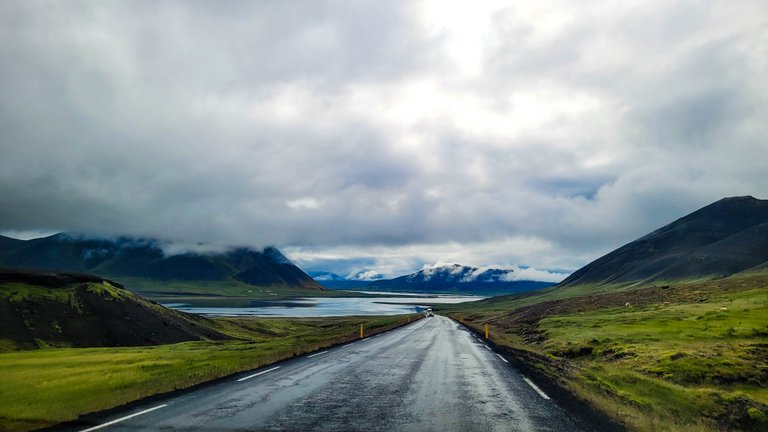
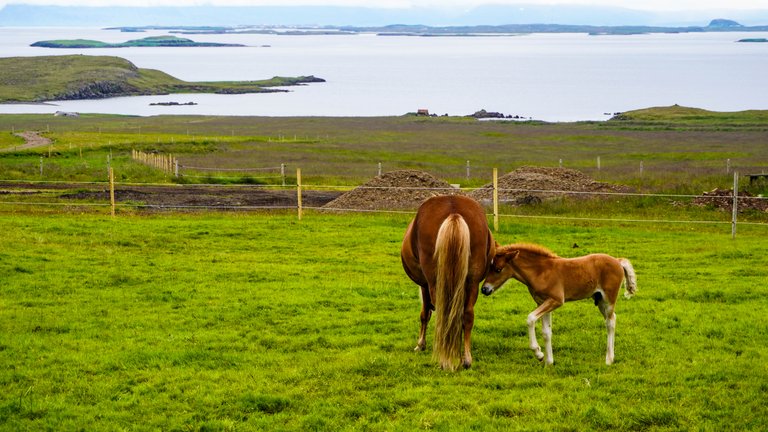




Akureyri lies at the end of Eyjafjörður, the longest fjord in Iceland, which extends almost 60 kilometres into the interior of the island. The drive to the city takes you through Iceland's stunning landscape, dominated by bare mountains, glaciers and endless expanses of raw nature.



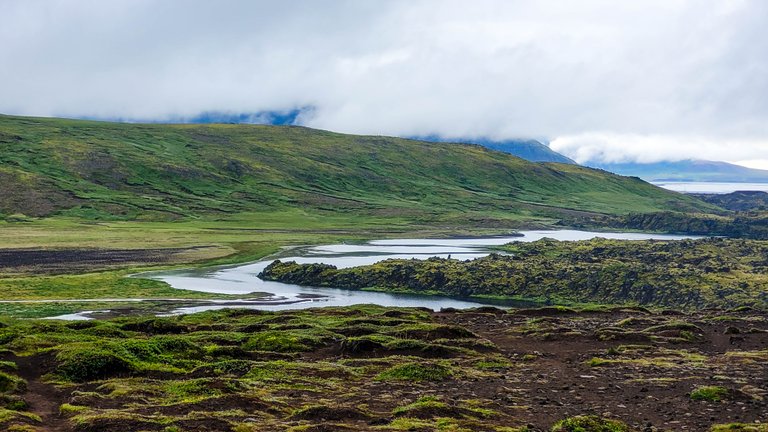



Akureyri is a small city by European standards, but it is Iceland's second largest city with a population of around 19,000. Akureyri is an important cultural, economic and educational centre of Iceland. Just compare, the capital Reykjavík is home to more than 220 000 people.
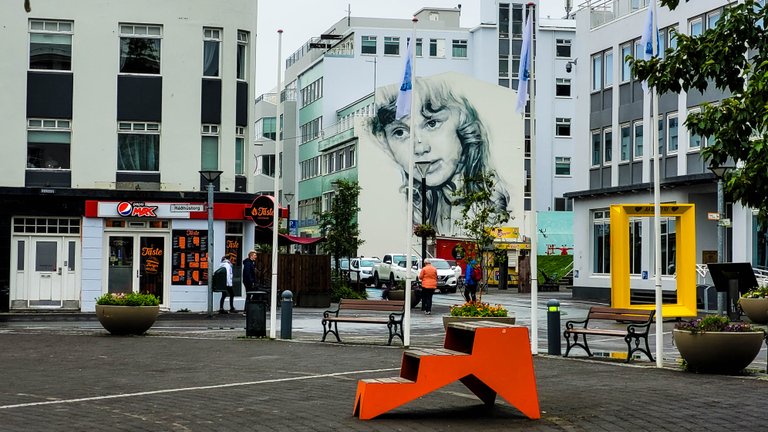


One of Akureyri's attractions is definitely the traffic signal. The red lights on the traffic lights are in the shape of a heart, which gives the city a pleasant atmosphere when driving. I must admit that I was hoping that every traffic light on our route would be red, as we wanted to see as many red lights as possible on these unique traffic lights.



The liveliest street in the town is Hafnarstræti, where most of the action in town takes place. Restaurants, cafes, shops and cultural attractions are located here.






We walked along the street and came across the Akureyrarkirkja church, designed by Iceland's most famous architect, Guðjón Samúelsson. This simple but magnificent church, which rises above the town, offers a magnificent view of the fjord and the town.


The small, authentic local shops were a feast for the eyes, with picturesque and eye-catching windows that invited shoppers inside. Here you can taste the local beer that is produced in the Iceland's largest brewery, which is based right here in the city.

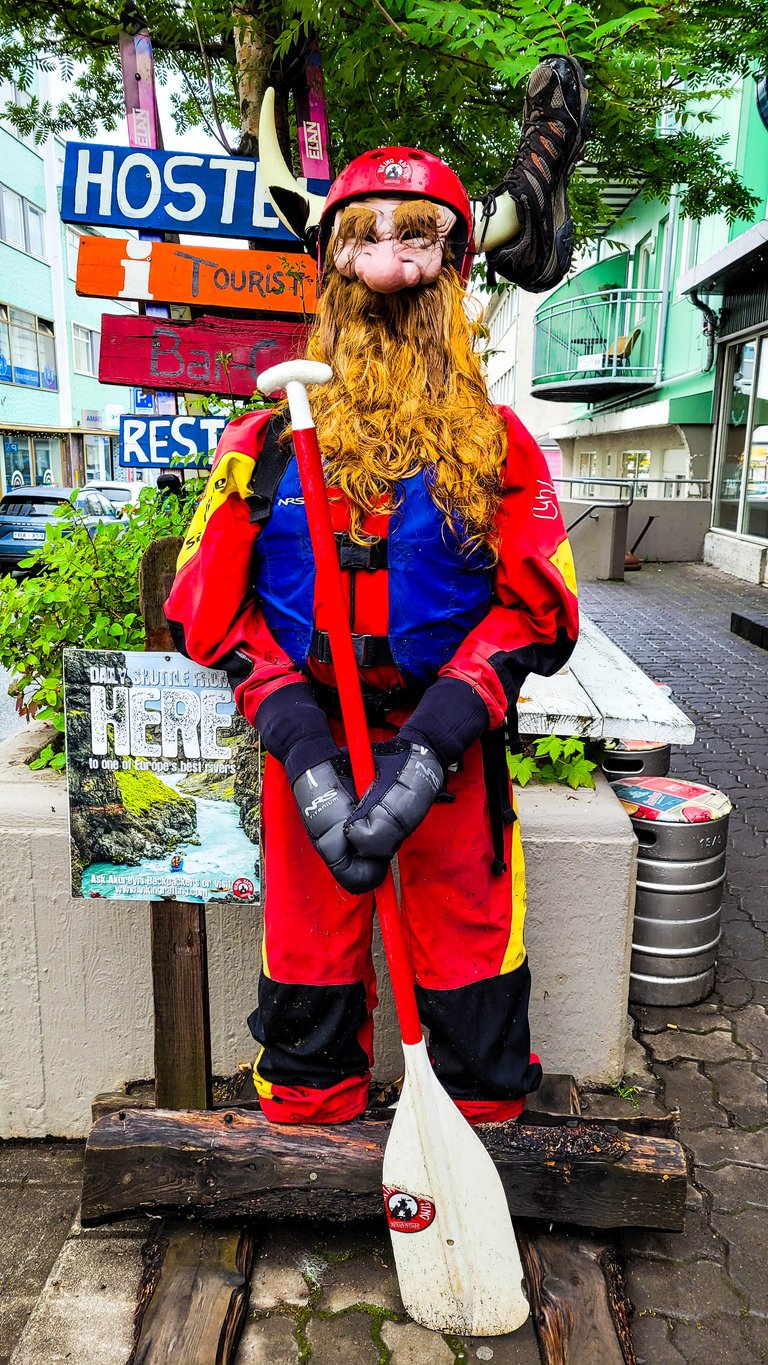
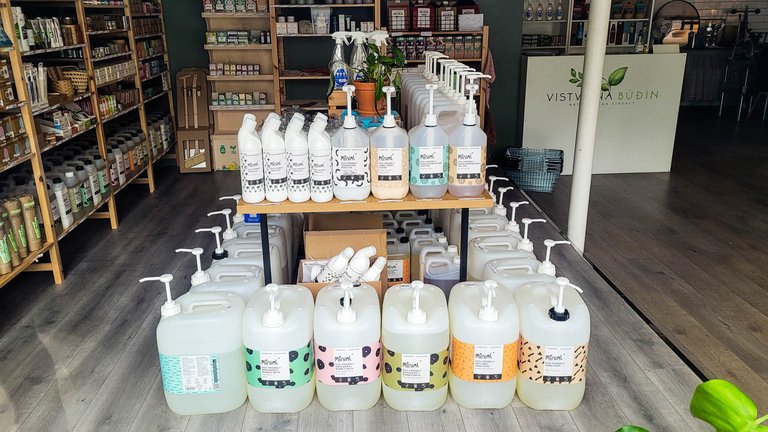

The botanical gardens are also a big tourist attraction, but we skipped them because of the rain and the long day that lay ahead of us.
Iceland is known for its unforgiving nature, where the conditions for building traditional houses are extremely difficult. Where to find building materials when there are no trees, only gravel, rocks, moss, grass and volcanic ash? In the past, the island's people had to use their ingenuity to survive in these harsh conditions. Glaumbaer is a symbol of human ingenuity and the ability to survive in harsh conditions. A visit to this farm offered us a fascinating journey back in time, where we learnt how Icelanders survived and lived on this remote island centuries ago.



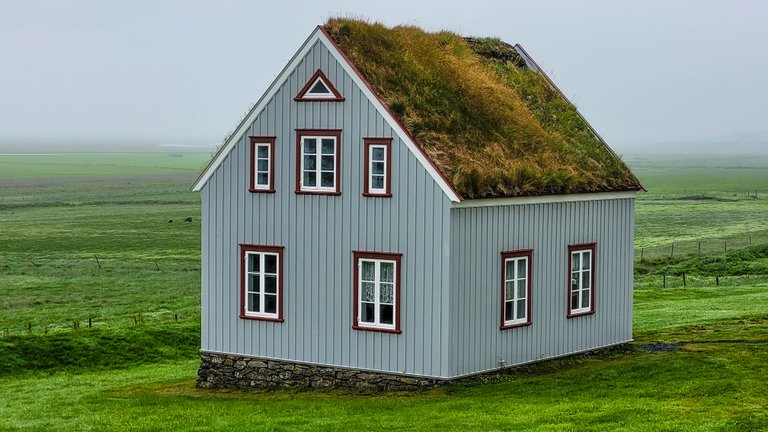


 |  |
|---|
These houses were built from layers of peat that people dug out of the ground and shaped into blocks. The blocks were then stacked into thick walls, which were designed to provide stability and heat retention. The roofs were covered with grass, which helped to stabilise the structure, as the grass roots strengthened the roof. Interestingly, these houses needed only a minimal amount of wood - this was used only for the frame of the house and the roof structure. All this was necessary because wood was scarce in Iceland.

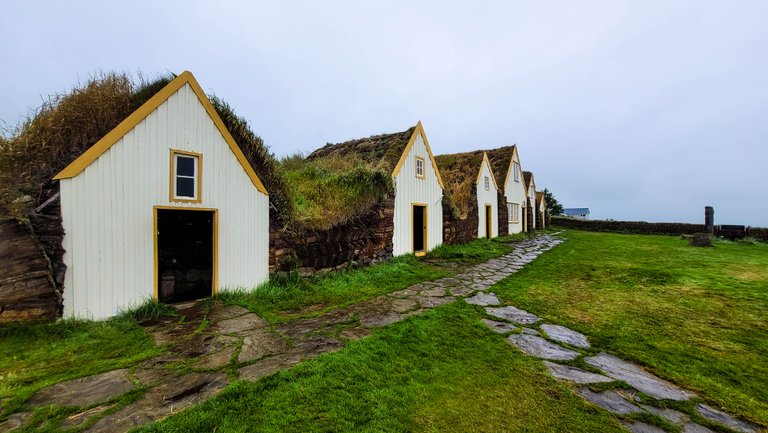

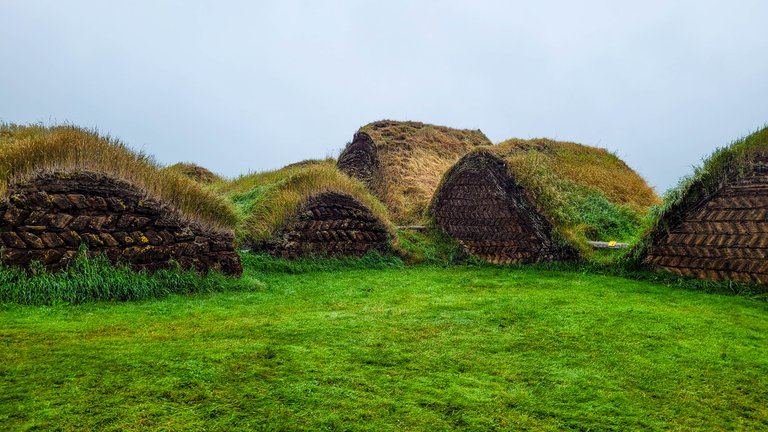
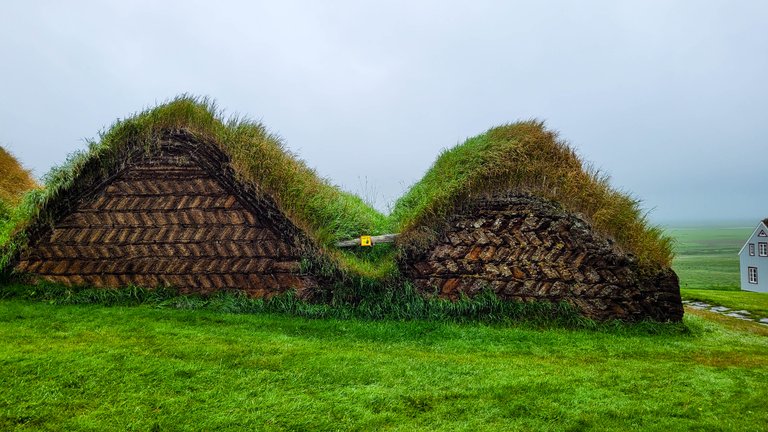






The farm was inhabited until 1947, when it was transformed into a museum five years later. Glaumbaer consists of a main building connected to several smaller buildings, which are interconnected by covered passageways. At first glance it looks like a village of several houses, but it is actually one house with several rooms and ancillary buildings.






The inside of the house is like a time machine. We saw objects and tools used for everyday tasks and living, from cooking utensils to working tools, barrels and much more.





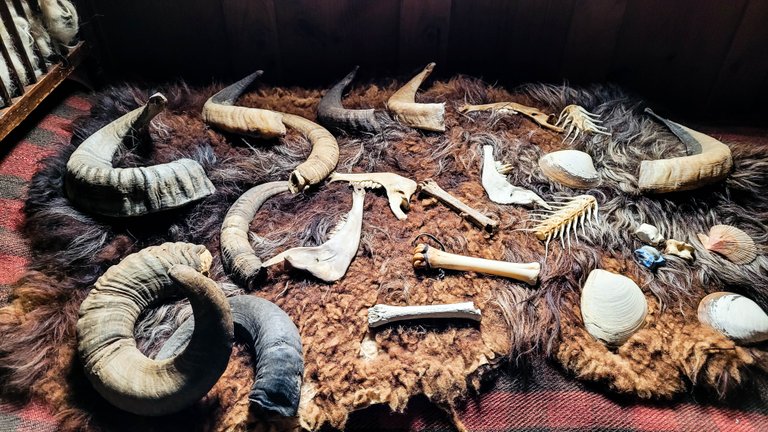


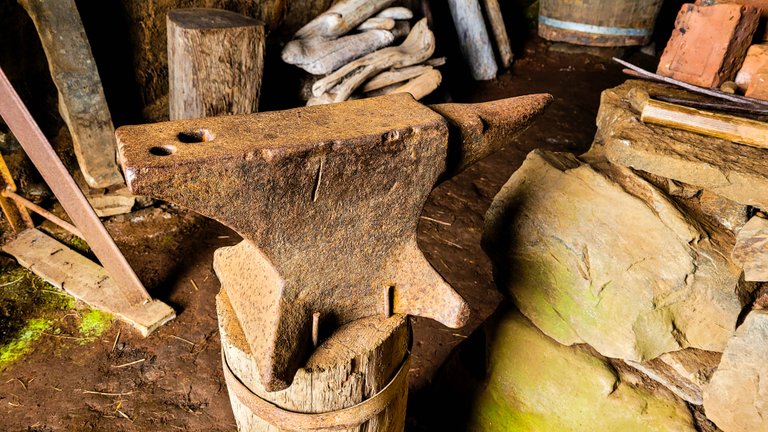



Our curiosity led us to the last stop of our day, because we were curious about the taste of shark. We had already decided before we left for Iceland that we had to try it, and the most determined of the three of us was our son, who was the bravest about trying fermented shark meat.


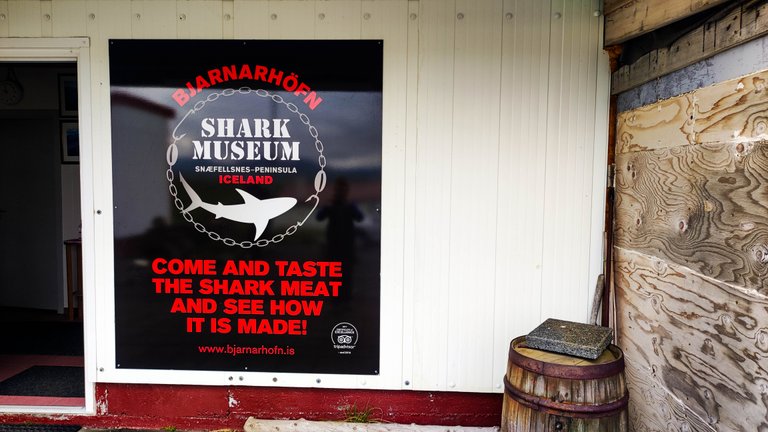
The Bjarnarhofn Shark Museum is located in the west of Iceland on the north coast of the Snaefellsness peninsula. It is a small family museum where you can find out almost everything there is to know about sharks and other creatures of the sea. In addition, you can taste shark meat, which has been prepared in the same way by a local family for more than 400 years.

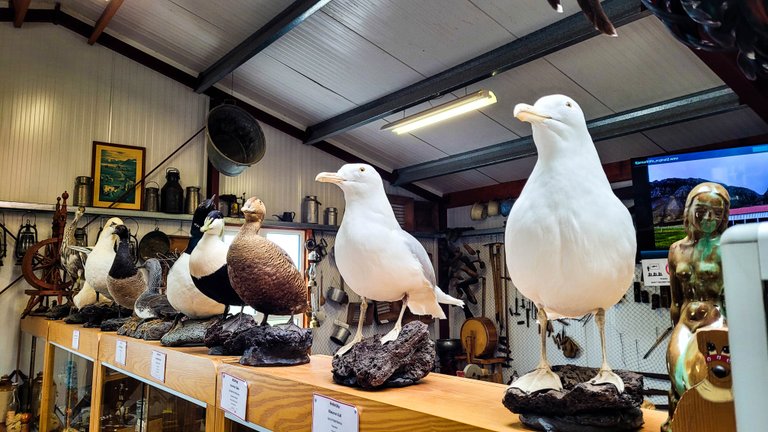



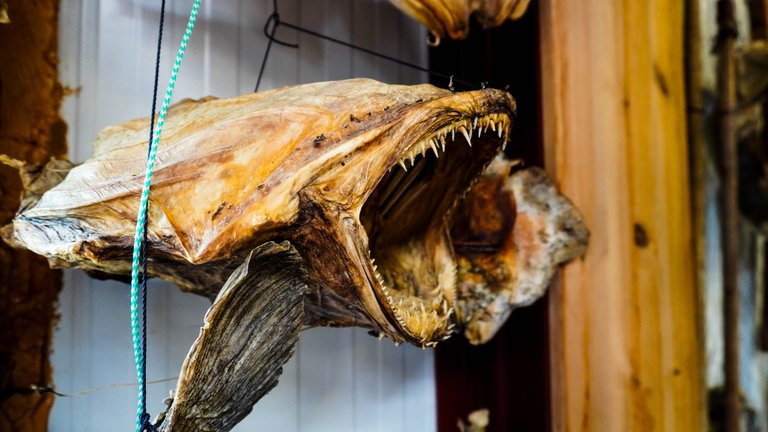


The guide at the museum told me that a Greenland shark can live between 250 and 400 years. These animals are not caught by the fishermen, but when they get entangled in the fishermen's nets, they are then bought and processed by a company here.


Shark meat is essentially poisonous because it contains toxins. That is why, it has to be fermented and prepared before eating. During the fermentation process, the toxins are simultaneously removed from the meat, making it edible. The meat is cut into large pieces, placed in large wooden crates and then buried underground for 4 months over the winter to ferment. Then, it is taken out and air-dried for additional three months.




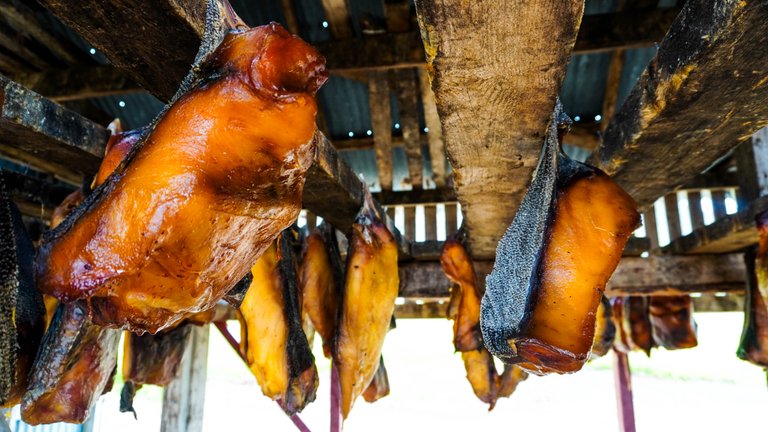
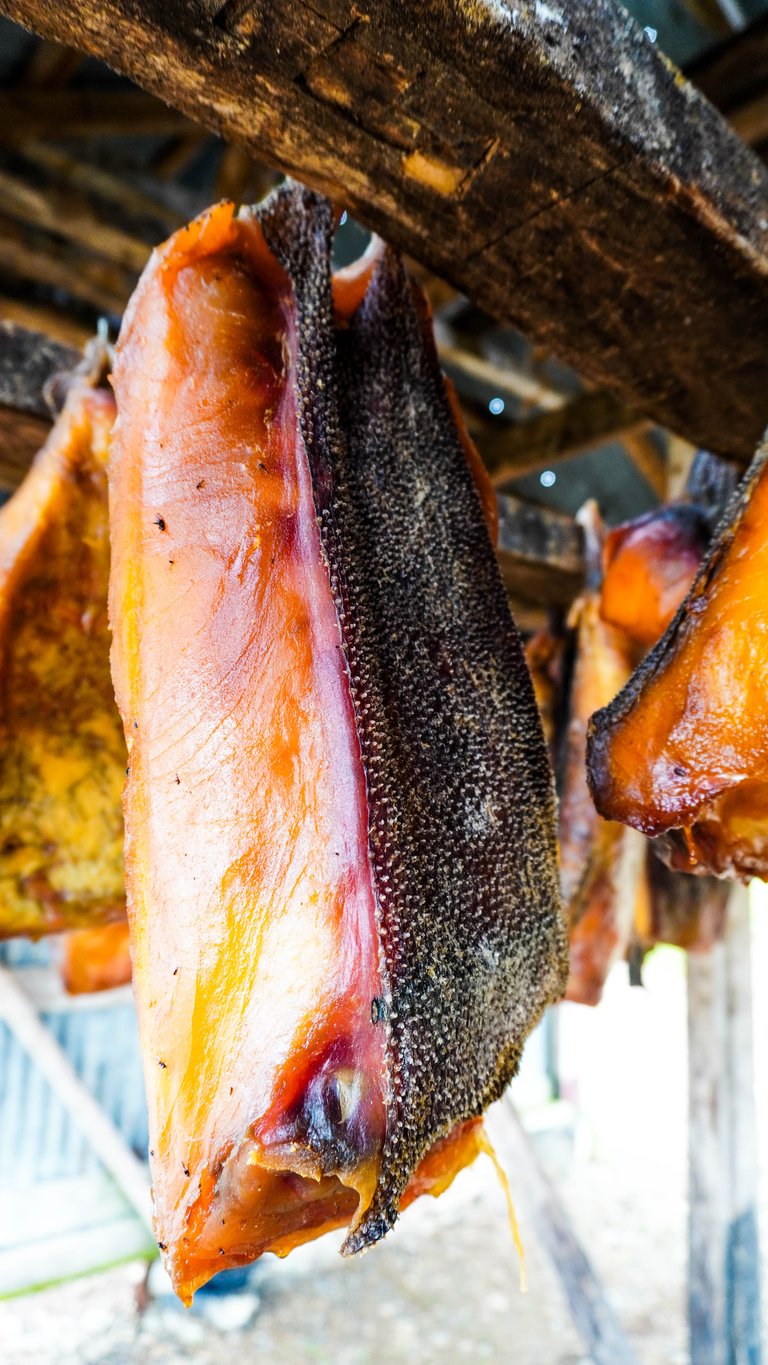
In Icelandic, shark meat is called hakarl. The guide said that there are two ways to try it, with rye bread or on its own. What can I say? The reactions at the tasting were different: my wife was put off by the smell of it and my son wanted us to buy it and take it home. I tried it myself with rye bread, which covered its flavour pretty well. However, when I tried the meat without bread, I had difficulty chewing it and ate it. To be honest, I was about to spit it out, but there was no trash bin nearby.



The taste of hakarl is very specific, strong, and smells of ammonia. I do understand that for the locals it is a tasty treat linked to Iceland's culinary heritage and symbol of survival in harsh climatic conditions. For us, visitors, it is a quite exotic taste, and we couldn’t say that we liked it. But overall, a nice experience, a nice location and local producer, definitely worth a stop and worth the experience itself.





After a very long but pleasant day, we finally arrived in the seaside town of Grundarfjörður, where we spent the night in a nice apartment. We immediately rushed to the kitchen to prepare dinner and then lay down to rest, because the next morning a new adventure was waiting for us. But that's another story for another time.

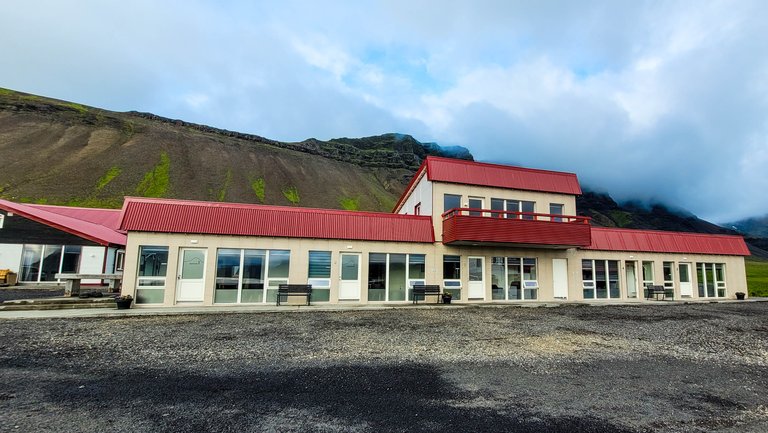




 |  |
|---|


If you would like to read more about our trip to Iceland check my previous posts:
- Reykjavik city and the geothermal Blue Lagoon Spa
- Our experience at The golden circle in Iceland
- Uncovering Westman Islands and Waterfall Wonders of Iceland
- From Canyons to Glaciers - The Incredible Landscapes of Southern Iceland
- Iceland - Eastern Fjords, Detifoss waterfall and Husavik town
- The volcanic and geothermal playground of northern Iceland
Thanks for reading,
feel free to leave a comment, I will be glad to reply to.
Best regards, @miljo76

You can check out this post and your own profile on the map. Be part of the Worldmappin Community and join our Discord Channel to get in touch with other travelers, ask questions or just be updated on our latest features.
wow! I went to Iceland with you, but I'm doubtful if I would have behaved like your wife or your daughter with the shark ha,ha,ha,ha.... Excellent trip, photos, story, Thanks for sharing it with the community.
Hi @florecitamejias, once you're there, there's no going back, the shark has to go in your mouth 🤣😂🤣 Thanks for stopping by!
Wow, wow, and wow!! I admit that I had no idea of Iceland beyond imagining large green expanses and some volcano that wakes up from time to time. I loved learning about his culture, details such as the difficulty in finding building materials are not so obvious, at least they were not for me. The ability of human beings to adapt to the environment that surrounds them is incredible. The houses hidden among the vegetation are wonderful. And I'm glad I don't have to try that unappetising shark meat, hehe. Thank you for sharing this magnificent trip, I really enjoyed your post.
I have picked this post on behalf of the @OurPick project! Check out our Reading Suggestions posts!
Please consider voting for our Liotes HIVE Witness. Thank you!
Thank you so much for your comment and for the curation, @palomap3! Iceland is a really unique country, the landscape changes from one kilometre to the next and you never know what's around the next turn. Lava fields, moss covered rocky deserts, geysers, waterfalls and the list goes on and on. And the food is delicious, shark aside 🤣See you around!
Hiya, @ybanezkim26 here, just swinging by to let you know that this post made it into our Top 3 in Travel Digest #2354.
Your post has been manually curated by the @worldmappin team. If you like what we're doing, please drop by to check out all the rest of today's great posts and consider supporting other authors like yourself and us so we can keep the project going!
Become part of our travel community:
Thanks a lot @ybanezkim26 and @worldmappin team for your support and appreciation of my post!
You are very welcome @miljo76! Great to have some more pins in iceland! ❤️
Congratulations @miljo76! You have completed the following achievement on the Hive blockchain And have been rewarded with New badge(s)
Your next target is to reach 85000 upvotes.
You can view your badges on your board and compare yourself to others in the Ranking
If you no longer want to receive notifications, reply to this comment with the word
STOPFirst of all, I love the photos. Whenever I think of Iceland, I get so excited about the potential there is to capture beautiful images, like many of these you share with us today, they take my breath away.
Now as for the story, 300km in one day, what a ride! But that's the thing about Iceland, those long distances and beautiful roads that seem endless. The first photo, the huts, are they part of the farm?
I had no idea about the heart shape in the traffic lights, what a nice detail, I thought that only in big cities like Berlin or Madrid you get this style of cultural winks.
I loved the visit to the shark museum, thanks for detailing that part of the experience, it is one of the things I would like to do when I have the chance to visit Iceland. Thank you so much for the details and facts about each place visited.
The last photo is epic, but what is it, a piece of wood? The background looks spectacular, very nice shot.
Hi @ninaeatshere, I'm super glad you enjoyed reading my post! I understand you when you say that you get excited when you look at the photos, that's how I felt before the trip, but let me tell you that I still have this feeling when I look at these photos.
300 km is a nice distance to cover on Icelandic roads in one day, given that there are no highways, and you have to stick to the speed limit because you never know where a speed camera is hiding to punish your impatience. Fortunately, it was summer time, when there was no night, so we were able to carry out our plan.
That's right, the houses in the first photo are part of the museum. These are the auxiliary buildings, a little away from the living house, where they had workshops and storage rooms.
As for the shark meat tasting, what can I say. You should definitely try it, but it's not a gourmet experience in my opinion. But you'll remember this taste forever 🤣 Every time I smell the ammonia-based glass cleaner, I thought of this special dish 🙃
The last photo was taken in the courtyard of the hotel where we spent the night. At first I thought it was a shell, but when I got closer I realised it was a piece of dried branch, although it reminded me of a snake. The hill in the background is Kirkjufell, which is considered one of the most photographed and iconic locations in Iceland, but more about that in my next post!
When you get the chance to visit Iceland, just grab it, you won't regret it! Thanks for stopping by!
Wooww que imágenes mas lindas, que recorrido nos haz presentado, una locura !! 👏😨😱
It was really fun, thank you!
Thanks for the well and detailed explanation about some things of Iceland, the landscapes looks amazing, is totally as I imagined it with such big green fields and the little houses, and a wonderful nature.
Thank you, it's my pleasure!
Congratulations @miljo76! You received a personal badge!
Wait until the end of Power Up Day to find out the size of your Power-Bee.
May the Hive Power be with you!
You can view your badges on your board and compare yourself to others in the Ranking
Check out our last posts:
Congratulations @miljo76! You received a personal badge!
Participate in the next Power Up Day and try to power-up more HIVE to get a bigger Power-Bee.
May the Hive Power be with you!
You can view your badges on your board and compare yourself to others in the Ranking
Check out our last posts: